The golden yellows, deep reds, burnished bronzes and resisting greens grace our skylines and make the most mundane of journeys a visual treat. There is, of course, too the bounty that Autumnal trees yield – shiny conkers in their spikey jackets and the perfectly formed crunch of acorns underfoot. Seasonally, Autumn might be when our focus turns most to trees but let’s examine how their life begins, what happens as the seasons change and find out what wildlife benefits from trees throughout the year.
Trees Through the Seasons
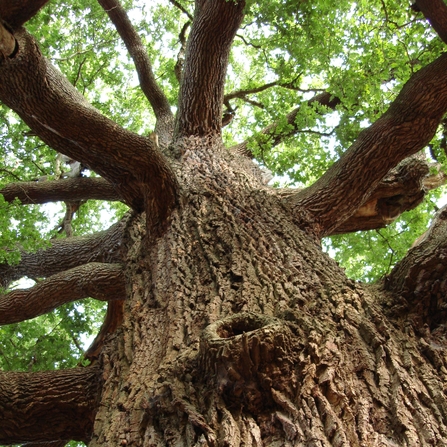
A pinnacle of wildlife, trees stand high from the ground and offer shelter, food and opportunities for growth for so many wild species. Though many stand mighty tall, all trees sprout from a single seed. These small vessels of life contain everything they need to survive until the tree is ready to sprout.
Once a seed has sprouted and rooted into the earth, it becomes a vulnerable seedling; it is at this stage of the tree’s life cycle that it is most at risk from disease and grazing by rabbits and deer. If the tree survives this stage, it will grow to over three feet tall and become a sapling. Saplings are unable to bear fruit and have smooth and flexible trunks. The length of the sapling stage depends on the type of tree (for example, oaks remain saplings for much longer than cherries). Eventually, the tree will grow to maturity. Trees reach this stage when they begin producing fruit and flowers; this is when trees are most useful to the wildlife around them.
Locally, the most dominant trees are oak and hornbeam. Both trees live for a long time, with oak trees reaching ages of 1000 years old, being considered ancient at 400 years, and hornbeams living for up to 350 years. The Great Oak at Panshanger Park (pictured) is a fine example.
There are two types of trees: coniferous and broadleaved. Most conifers are evergreen and retain their needles however some conifers are deciduous and will lose their needles over winter. Broadleaves are mostly deciduous and drop their leaves but there are a few evergreen broadleaves, which retain their leaves over the winter period.
Spring
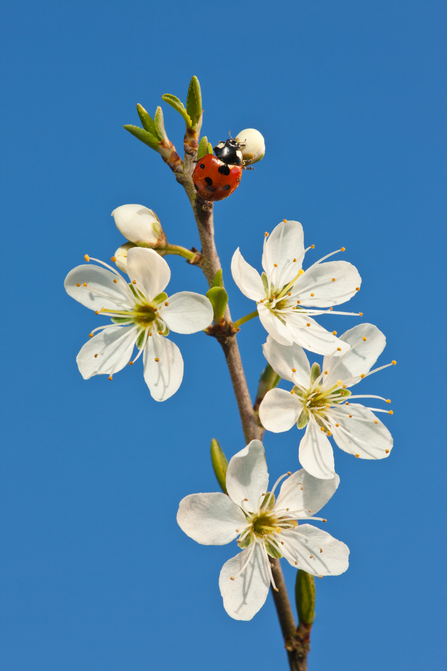
The rebirth of wildlife in spring is a spectacle in itself, and trees play a big part in this season. Flowers begin to bloom from trees such as fruit-bearing trees which grow the familiar and pretty blossom we all know and love.
Flowers are important for the survival of insects, which feed on the nectar and pollen from the base of the stamen.
Whilst cherry blossom is synonymous with spring, these are not the first trees to flower in the season. Blackthorns and willow trees are some of the earliest flowering trees to show the first signs of spring.
Summer
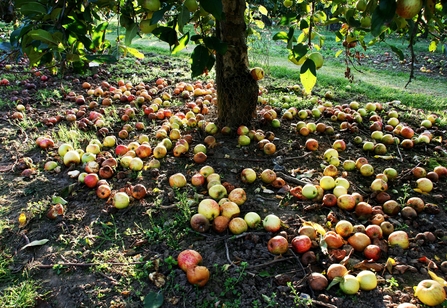
Summer is the time for a tree’s canopy to reach full leaf. Oak trees which stand alone will spread their canopy wide and support a number of wild species in the nesting season including birds and bats.
As the temperature rises, fruit bearing trees will drop apples, pears and peaches onto the floor, ripe for the taking.
Autumn
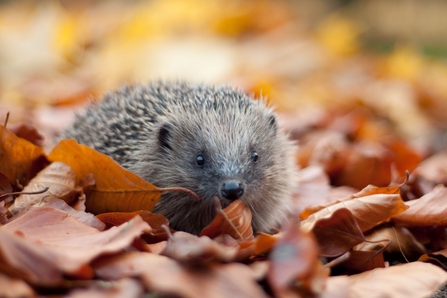
As we’ve already alluded to at the beginning of this piece, this is a beautiful time of year in the seasonal tree lifecycle: many tree species will turn bright yellow, orange and red as their leaves change colour in autumn. The colours of leaves are made up of pigments: chlorophyll (green), carotenes (yellow) and anthocyanins (reds and pinks). The temperature and sunlight effect these pigments and in autumn, as the sun begins to creep in earlier and the days become colder, chlorophyll is destroyed leaving the yellow and reddish leaves on the tree’s edge.
Trees support a wide range of wildlife in autumn. Leaf litter from broadleaved trees provides warm and wet habitat for fungi to grow on the ground and recycle the nutrients in the area. Leaf litter is also important for the survival of some insects and hibernating mammals such as hedgehogs.
Winter
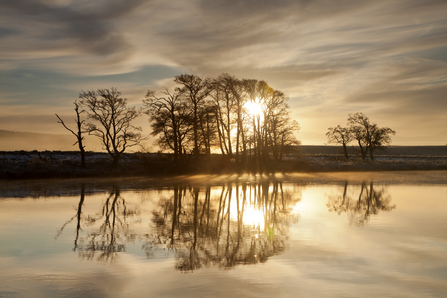
In winter, broadleaved trees have dropped their leaves and look bare, occasionally casting dramatic silhouettes in the darkness.
Trees are a vital life source for wildlife in winter as they offer shelter for hibernating bats, food such as berries for birds and a place of refuge for small mammals hiding predation.
For trees to survive the cold season, they dehydrate their limbs by dropping leaves and slow the flow of water in their branches, combining it with sugar to reduce the freezing point in the water. If the water within a tree’s branches were to freeze this could be fatal for the tree.
Find out more and get involved!
If this article has whetted your appetite to learn more about the wonderful world of trees, you can find out more about individual species on the Wildlife Explorer section of our website here.
Many of our nature reserves feature areas of ancient and varied woodland or fantastic tree specimens, in particular Hawkins Wood, Fir and Pond Woods, Hobbyhorse Wood, Balls Wood, Oughtonhead, Gobions Wood, Long Deans, Old Park Wood, Danemead and Fox Covert are well worth exploring – find out more about them by clicking on the links!
Don’t forget, if you’re out and about, we would love to see your photos of trees and/or the wildlife they support. You can share them with us @hertswildlifetrust on Instagram and Facebook and @HMWTBadger on Twitter.

